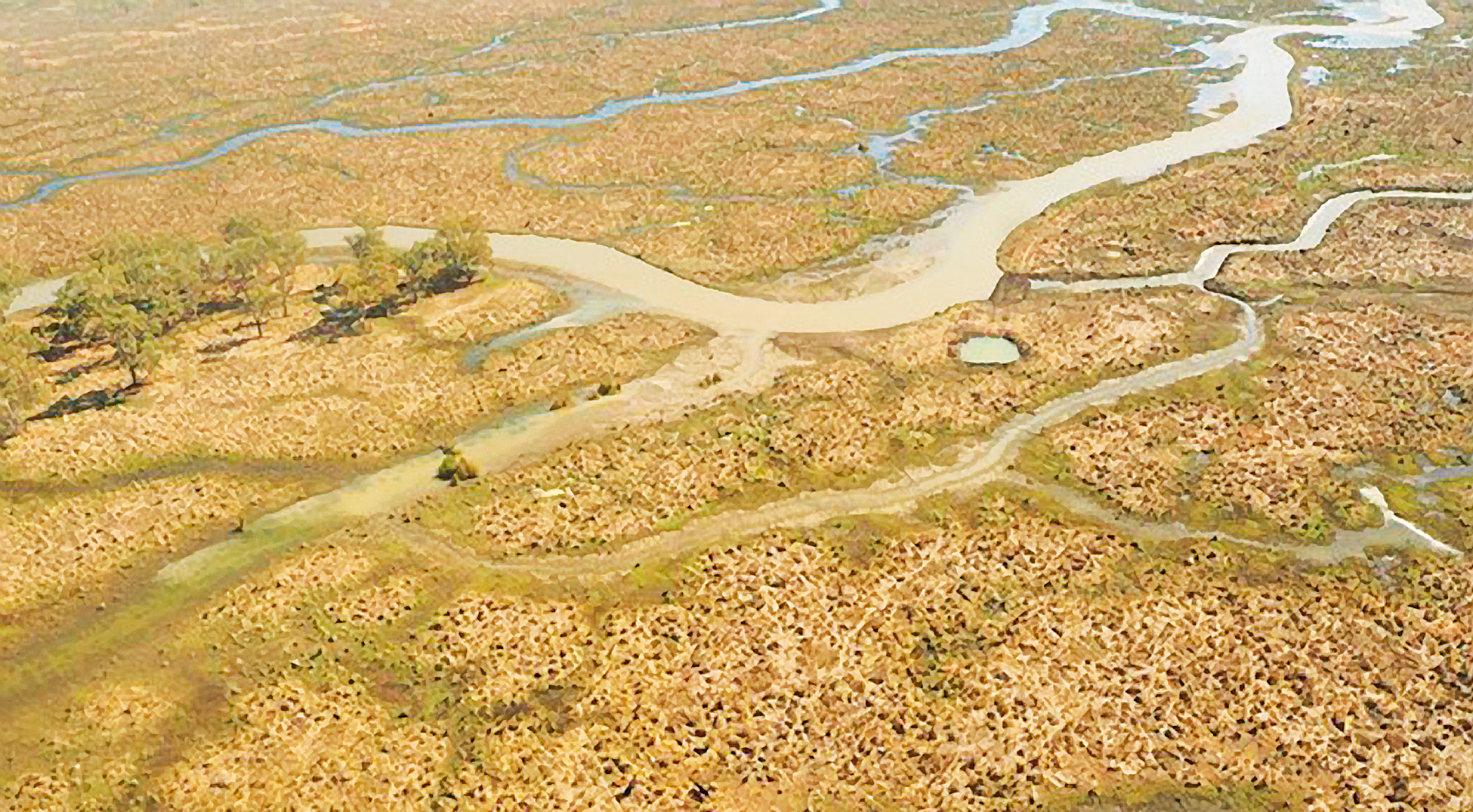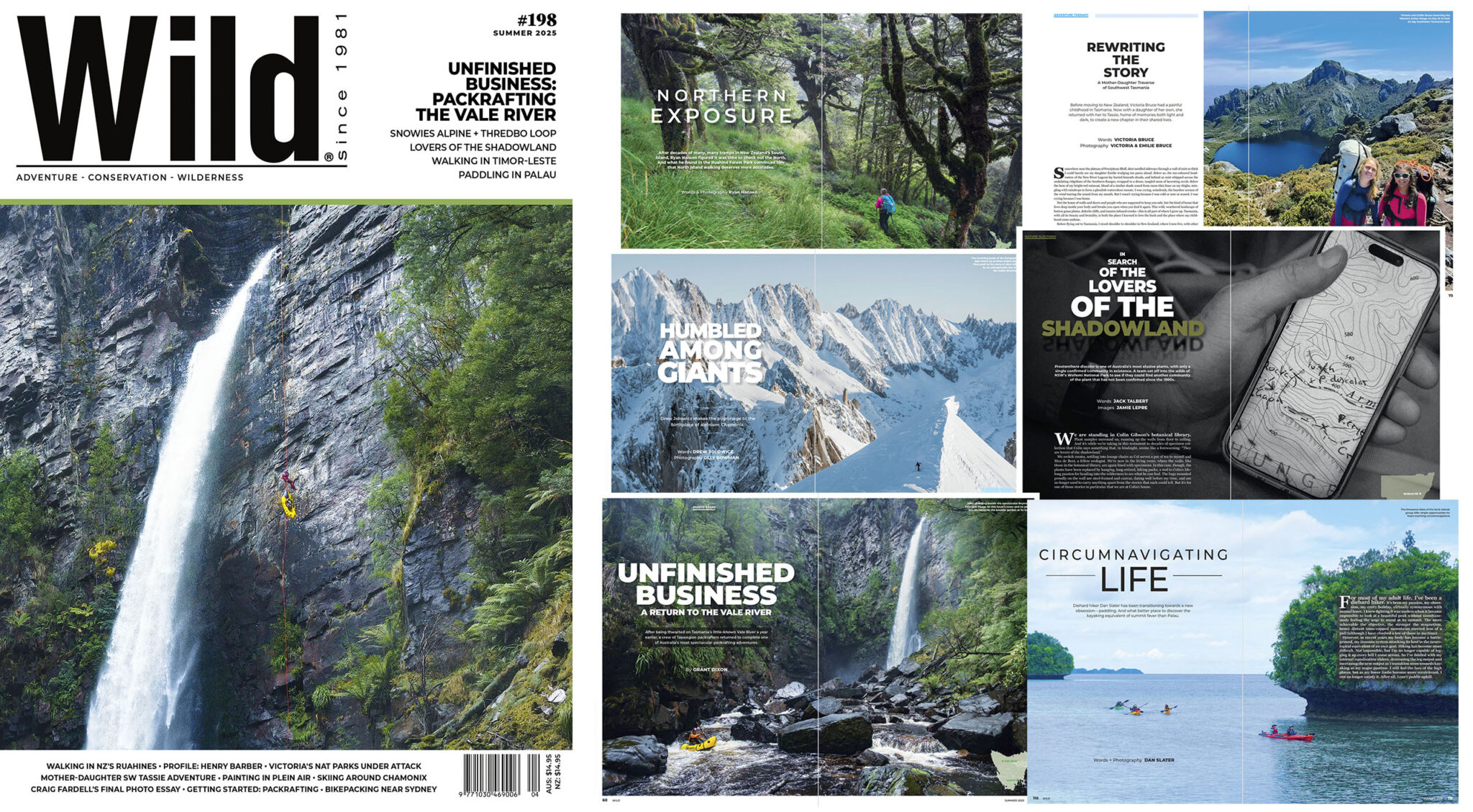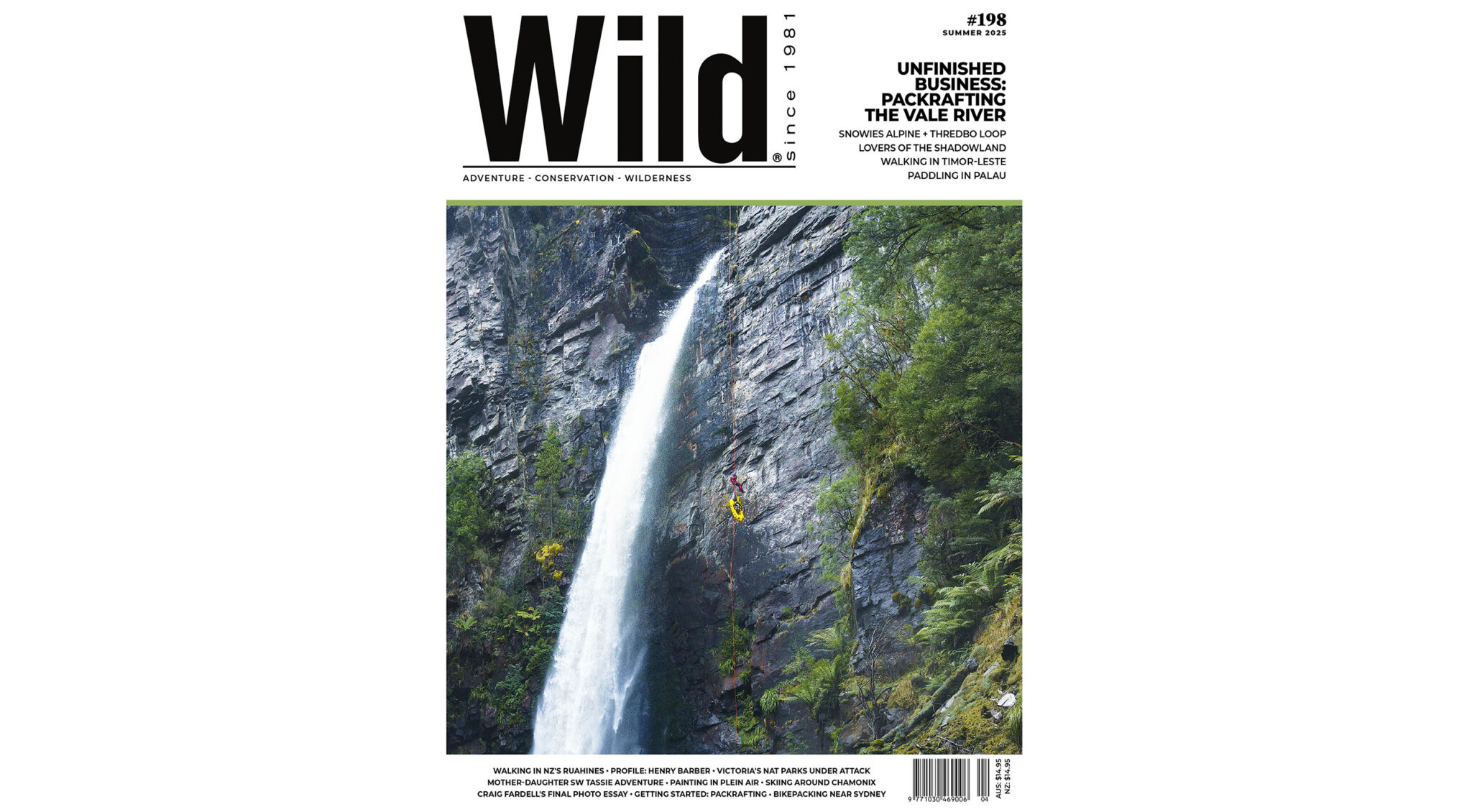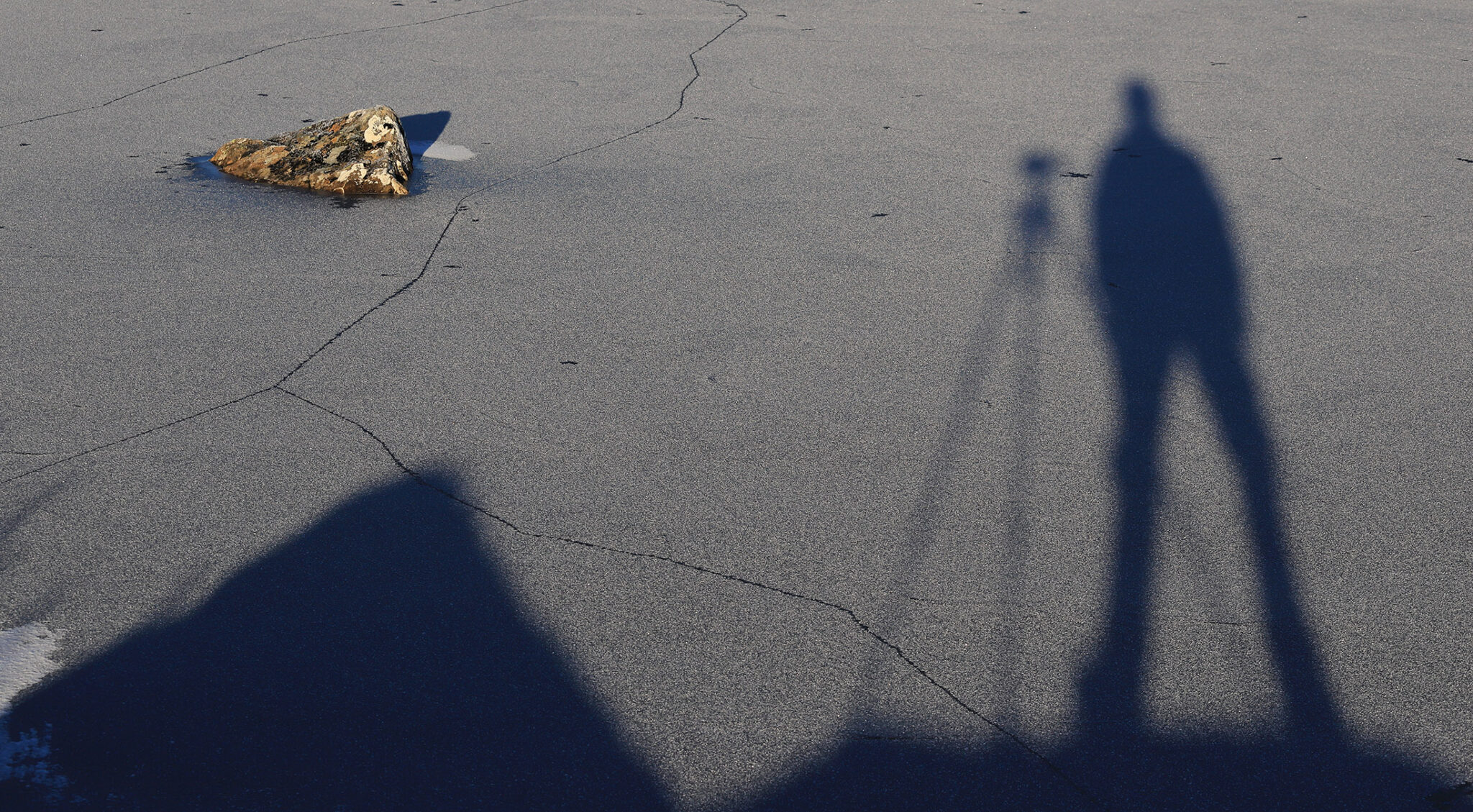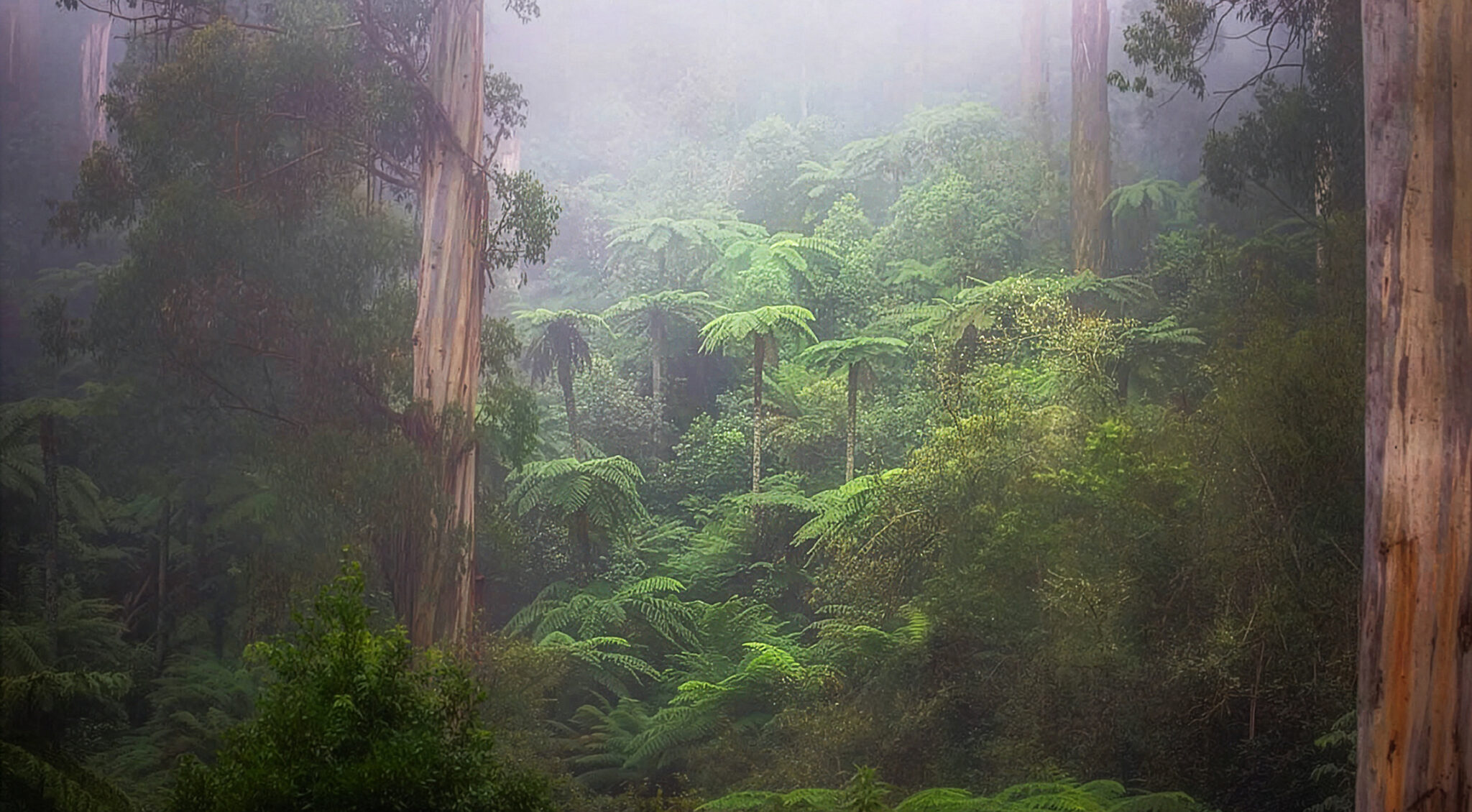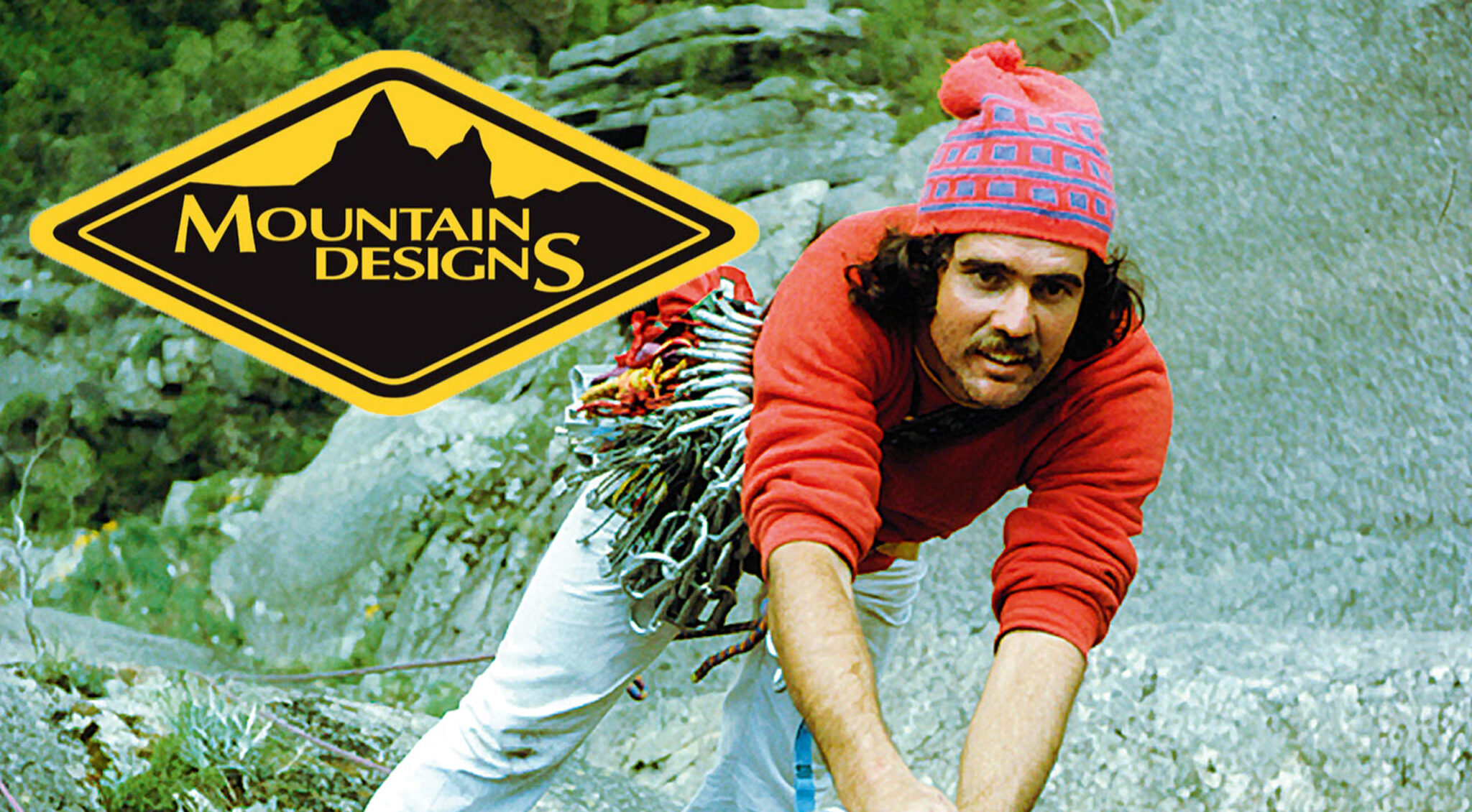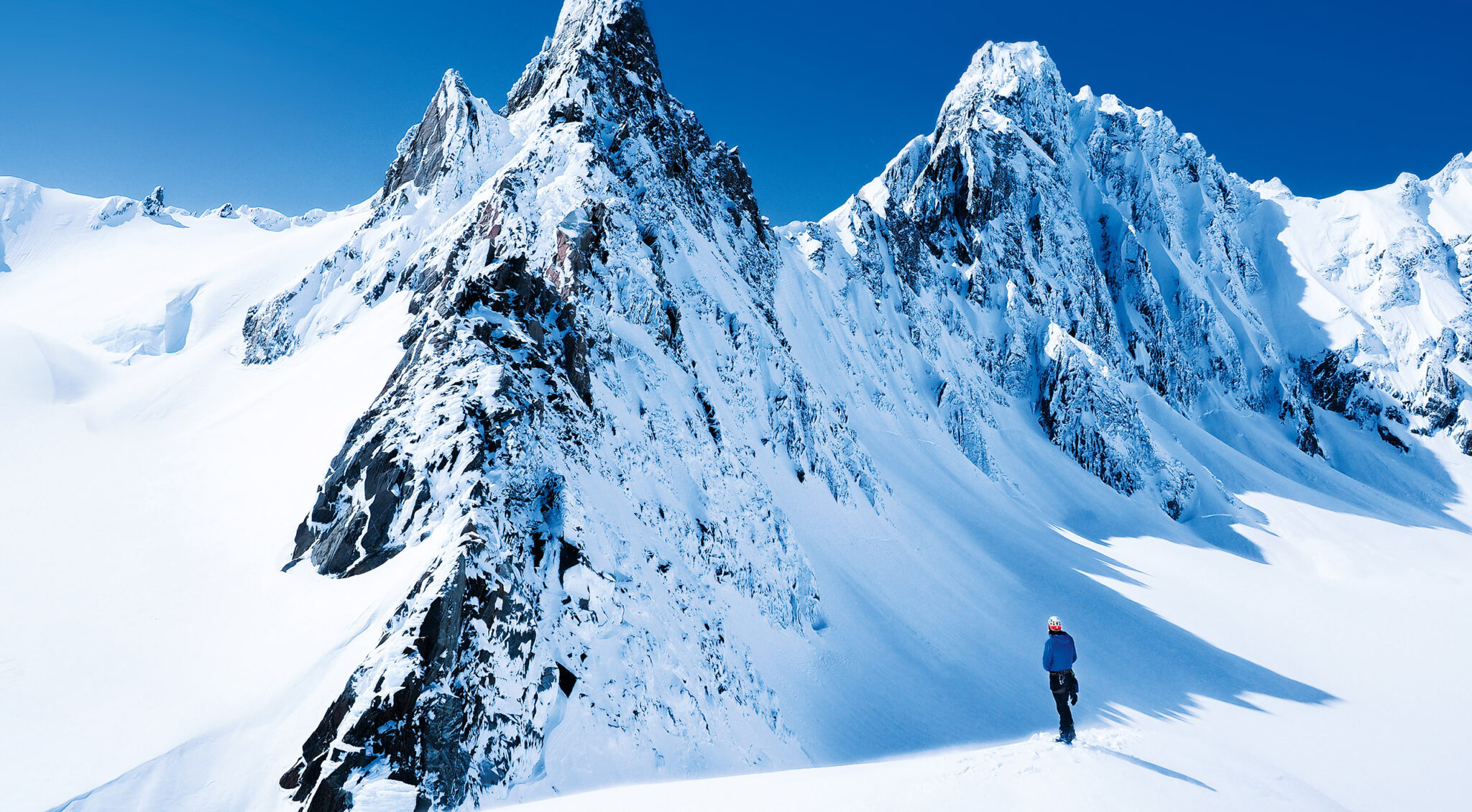Green Pages: Issue #195, Autumn 2025
A selection of environmental news briefs from around the country.
Banner image caption: Macquarie Marshes in NSW. These flows will eventually reach South Australia … if they’re not diverted on the way. Credit: Celine Steinfeld.
(This piece originally featured in Wild #195, Autumn 2025)
UPDATE ON STATE OF THE MURRAY-DARLING BASIN
Ngarrindjeri Country and beyond
Australia’s greatest river system deserves better treatment.
It’s a critical time for the future of water security in Australia. Our climate is changing, and we need to have an honest conversation about what this means for Australia’s greatest river system, the Murray-Darling Basin.
The Murray and Darling/Baaka rivers that make up the basin are parched and in desperate need of a drink. In South Australia, we’re in the midst of a long, dry summer. It hasn’t quite pierced metropolitan mindsets, but many parts of regional South Australia have recorded the driest periods on record. Across the state, farmers continue struggling with drought conditions.
Dry conditions have seen the lowest amount of water inflows to Adelaide’s reservoirs in more than forty years, putting extra pressure on desalination plants. But these are a bandaid fix to a deeply entrenched issue, and they leave South Australian communities and ecosystems crying out for a real solution: flows down the Murray.
Folks are afraid to say the F word, but I’ll say it: Floods are a critical part of the Australian landscape—yes, Australia is the land of droughts and flooding rains—and small floods (think a cow with wet feet) must be returned to our ecosystems, lest we leave them to die.
The floods of 2022-2023 have long been forgotten by the landscape, as new research finds ecosystem benefits have been short-lived.
Rivers are not meant to be mere channels of water; they are meant to be the pulsing arteries of the land. The water they carry across floodplains is the lifeblood that nourishes our diverse landscapes and it provides us with the riches we’re so blessed to experience: food and fibre to feed the nation, and a lifestyle built around our rivers.
In late 2023, the Murray-Darling Conservation Alliance, representing over 10,000 people across the basin, helped to pass the Restoring Our Rivers Act, which broke through a decade of Coalition government inaction. This is a lifeline, but it’s not a long-term fix.
The original Basin Plan (2012) didn’t factor in climate science, and it paid almost no regard to First Nations’ water justice.
It’s high time that changes. The Basin Plan will be reviewed in 2026, but we need bold leadership now. That means before the next major fish kill, before the next toxic algal bloom, and before the 286 species that are threatened with extinction are lost forever.
If you care about this issue and want to join the movement, we’re people-powered and we’d love you to join us! Head to mdca.org.au/take-action/sign-up
CHAR NITSCHKE
Conservation Council SA
WE NEED HELP
This is a critical time for those of us who call the Murray-Darling Basin home, for the First Nations Peoples who have cared for these lands and waters since time immemorial, and for the 3.6 million people that depend on the Murray for drinking water.
We have an upcoming federal election, and we need leaders who will stand up and take serious, long-term action. The next catastrophic drought is not if, but when. Scientists are warning Australians to prepare for megadroughts lasting more than 20 years.
Rivers die from the mouth up—South Australia is crying out for help, and it’s time the other states took heed.

SKATING ON THIN ICE
Paralungatik
Australia’s environmental laws are failing. The Albanese government has delayed important nature-law reforms, which threatens its commitment to zero new extinctions. The ray-like Maugean skate—which lives only in Paralungatik/Macquarie Harbour on the remote south-west coast of Tasmania—has been around since T-Rex roamed the Earth, but is now on the brink of extinction. The ongoing impacts of salmon farming, climate change and manipulated river flows could within ten years cause the world’s first modern-day extinction of a shark or ray due to human activity. Emergency conservation action is needed; nature is crying out for urgent protection and restoration. To learn more about the desperate need for stronger nature laws, head to marineconservation.org.au/actions/epbc-act-stronger-nature-laws
ALEX TIBBITTS
Australian Marine Conservation Society

RETIRED CANE FIELDS TRANSFORMED
Yidinji Country
Greening Australia, in partnership with Mulgrave Landcare and the Madjandji Aboriginal Corporation and landholders, is repairing and revegetating retired sugarcane crops, creating thriving wetlands in the Mulgrave catchment. The restoration works will create habitat for threatened species, will control weeds, and will store carbon. So far, we’ve restored 6.5ha of wetland, planted 13,400 native-plant species, and potted 18,643 seedlings for future planting.
To learn more, head to: greeningaustralia.org.au/ growers-first-nations-peoples-community-connect-on-repairing-wetlands
Greening Australia

A DUMPING GROUND FOR MINING WASTE?
Dharawal Country
Dharawal National Park is an important ecosystem, home to 17 vulnerable, rare and threatened species. More than 500 plant species occur within the park, providing a home to a wide range of animals, including koalas and long-nosed potoroos. But for decades, Appin Coal Mine has been leaking dangerous methane gas from an underground coal mine into Dharawal National Park. This powerful greenhouse gas continues to leak unchecked from disused ventilation shafts, potentially putting human health and the local environment at risk.
To learn more, head to edo.org.au/coal-mine-leaking-methane-in-a-national-park
JAMES TREMAIN
Environmental Defenders Office
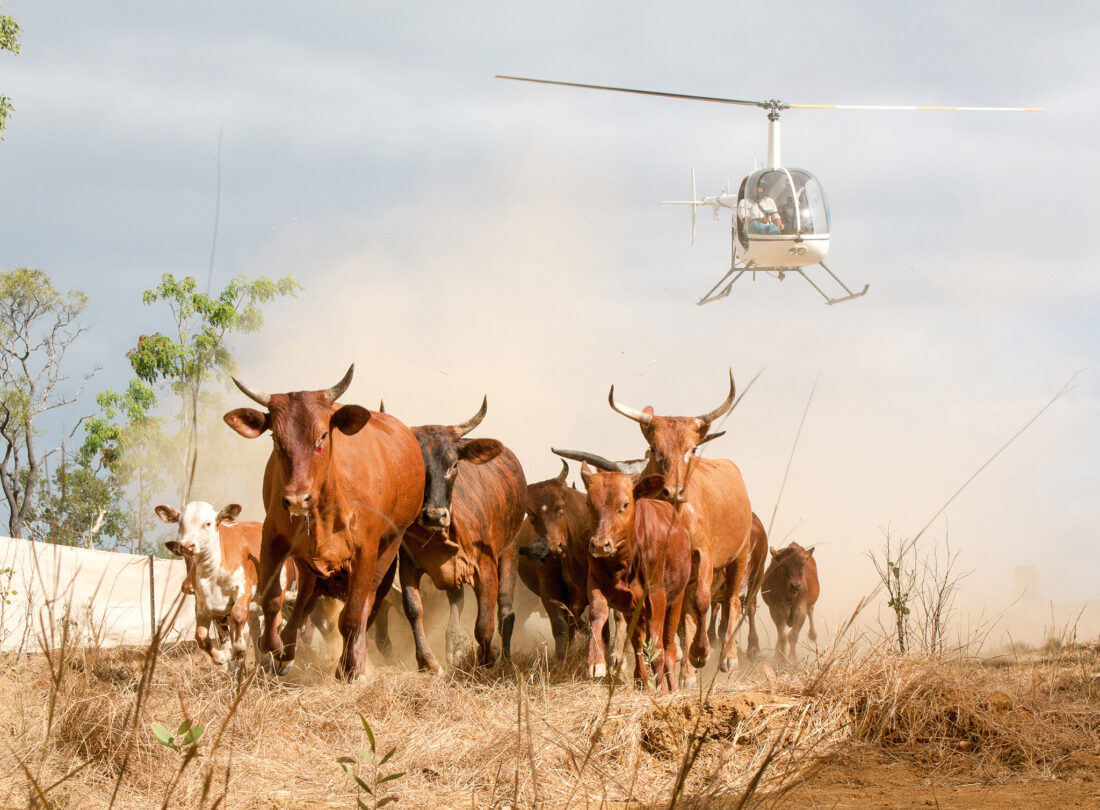
HERBIVORES NO MORE
Bunuba, Kija, Wilinggin, Ngalagkan, Rembarrnga Country and beyond
Feral herbivores like camels, buffalo, donkeys, horses, goats and feral cattle pose an enormous threat to the environment by increasing erosion and degrading habitat for native wildlife. Australian Wildlife Conservancy (AWC) is safeguarding the future of native species like golden bandicoots, Gouldian finches and northern quolls by controlling feral herbivores across our sanctuaries and partnership areas. We have established some of the largest feral-herbivore-free areas on mainland Australia, including Mornington-Marion Downs Wildlife Sanctuary on Bunuba, Kija and Wilinggin Country in the Kimberley in WA, and Wongalara Wildlife Sanctuary on Ngalagkan and Rembarrnga Country in the Top End of the Northern Territory.
To learn more about the importance of feral-herbivore control across the country, head to australianwildlife.org/our-work/feral-herbivore-control
NAHRAIN JOHN
Australian Wildlife Conservancy
If you liked this piece, you should subscribe to the print mag. Only a fraction of the great stories we run in the mag make it to our website; if you want to read them, head to subscribe.wild.com.au.

